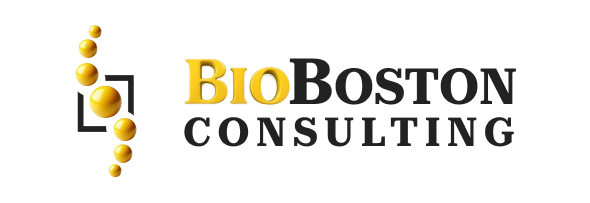Discover expert tips and best practices for preparing for FDA audits and inspections. Ensure compliance and enhance your quality management system with BioBoston Consulting’s comprehensive guidance.
Come with us to discover a symphony of expert tips and compliance best practices.
Introduction
Within the constantly shifting environment of the life science sector, compliance with FDA regulations is not only critical it is one of the foundational ingredients for success. Indeed, FDA audits and inspections are at the core of this compliance process.
But when it comes to these essential assessments, preparation is key and the strictest controls must be followed–which is something we understand at our Core as a reputable Quality & Regulatory Consulting firm.
This article will suggest some expert tips and compliance best practices to prepare your organization for FDA audits and inspections.
How The FDA Clicks When It Comes to Audit and Inspection
FDA Audits and Inspections Explained
Understanding the distinction between an FDA audit and an inspection is crucial for compliance efforts. An FDA audit typically refers to a thorough examination of a company’s processes and systems to ensure compliance with regulations, often conducted internally or by third-party auditors. In contrast, an FDA inspection is an official visit by FDA officials to assess compliance with regulatory requirements, often focused on specific aspects of production or quality control.
Both audits and inspections are critical because they help identify areas of non-compliance, provide an opportunity for corrective actions, and ultimately safeguard public health by ensuring product quality and safety.
FDA Audit and Inspection Types
The FDA conducts several types of audits and inspections, including:
- Routine Inspections: Scheduled visits to evaluate overall compliance and quality systems.
- For-Cause Investigations: Unscheduled inspections triggered by reports of non-compliance, adverse events, or complaints.
- Pre-Approval Inspections: Conducted before approving a new drug or medical device to ensure compliance with regulatory standards.
Preparation is Key
Create a Compliance-Centric Culture
Building a culture of compliance within your organization is essential. Every team member should understand the importance of adhering to FDA regulations and quality standards, fostering a proactive approach to compliance.
Assign Clear Responsibilities
Designate specific individuals or teams to be responsible for audit and inspection readiness. Clear accountability ensures that everyone knows their roles and can work together effectively.
Documenting and Recording
In the pharmaceutical industry, meticulous documentation and record-keeping are crucial for ensuring product quality and safety. These records not only serve as proof of compliance but are also regulatory requirements.
Conducting Mock Audits
The Mock Audit Process
Internal mock audits are essential for identifying compliance issues before the actual inspection. Conduct these audits regularly, simulating the inspection environment to evaluate your processes thoroughly.
Identifying Weaknesses
Mock audits help uncover weak spots in your Quality Management System (QMS). By identifying these areas early, you can address them proactively, reducing the risk of non-compliance.
Corrective Actions
After conducting a mock audit, develop and implement corrective actions based on the findings. Document these actions to demonstrate your commitment to compliance and continuous improvement.
Inspection Day Best Practices
Greet the Inspectors in a Professional Manner
When FDA inspectors arrive, greet them professionally and provide them with a clear overview of your organization. Ensure that the inspection environment is organized and welcoming.
You Name It, You Send It
Be prepared to provide any requested documentation and records promptly. Expediently supplying information demonstrates your commitment to transparency and cooperation.
Keep Communication Open
Maintain an open dialogue with FDA inspectors throughout the inspection. Encouraging questions and clarifications fosters a collaborative atmosphere and helps address any concerns that may arise.
Handling Inspection Findings
Responding to Observations
After an inspection, the FDA may issue observations or findings. Develop an overall response plan that addresses these observations comprehensively, demonstrating your commitment to compliance.
CAPA (Corrective and Preventive Actions)
Implementing a Corrective and Preventive Action (CAPA) system is essential for addressing non-compliance and preventing future occurrences. Ensure that your CAPA process is robust and well-documented.
Recording the Steps Taken for Remediation
Maintain thorough records of all remediation steps taken post-inspection. Documenting your progress is critical for demonstrating compliance and fostering a culture of continuous improvement.
Post-Inspection Follow-Up
Continuous Improvement
Emphasize the importance of learning from inspection findings and integrating those lessons into your QMS. Continuous improvement is vital for maintaining compliance and enhancing product quality.
Getting Ready for Upcoming Inspections
Adopt a proactive approach to prepare for future FDA audits and inspections. Regularly review and update your compliance processes to ensure ongoing readiness.
Conclusion
Navigating FDA audits and inspections is one of the most critical functions in the life sciences sector. By following the expert advice and best practices outlined in this guide, your organization will not only withstand regulatory scrutiny but also thrive.
Through BioBoston Consulting, we are ready to guide you through your compliance journey, from assessment to regulatory closure. If you require any support, do not hesitate to reach out to BioBoston Consulting or visit our website.


